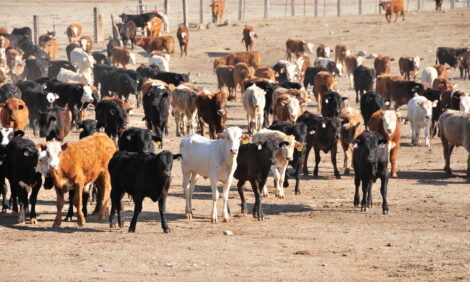



Danish must lower meat consumption to meet climate targets - govt adviser
Danes consume twice the global average of animal productsDanes should replace two-thirds of their meat intake with vegetables and other plants as part of efforts to reach the country's ambitious climate targets by the end of the decade, the government's independent adviser said on Tuesday, according to a report from Reuters.
A tax on food items that are harmful to the climate was among the key recommendations put forward by the Danish Climate Council.
It recommended imposing a tax of around 33% on beef, which is among the products with the biggest climate footprint, the chairman of the council, Peter Mollgaard, told Reuters.
The recommendation was part of an annual review of Denmark's path towards achieving a binding target of reducing CO2 emissions by 70% from 1990 levels, which the government is legally obliged to pursue.
Danes on average consume more than twice the amount of animal food products, such as pork, beef and dairy, compared to the global average, according to the report.
Measured on emissions from their diet, that puts Danes among the most emission-heavy populations in the world.
As a major pork producer, with more than twice as many slaughter pigs than people, roast pork is a mainstay of the Danish cuisine.
The council estimates Denmark could emit between 2.6 and 3.9 million tons of CO2-equivalents less per year if all Danes follow the government's diet advice of lowering meat intake to 350 grams per week from slightly less than 1 kilogram on average.
Denmark emitted 65 million tons of CO2-equivalents in 2020.
The council last week recommended reducing beef and dairy production by levying an emissions tax on farming.
More than half of Denmark's area is farmed, making it one the most intensely cultivated countries in the world.
The council also recommended speeding up efforts to reduce greenhouse gas emissions from farming, phase out gas furnaces in households, and build out wind and solar power.



